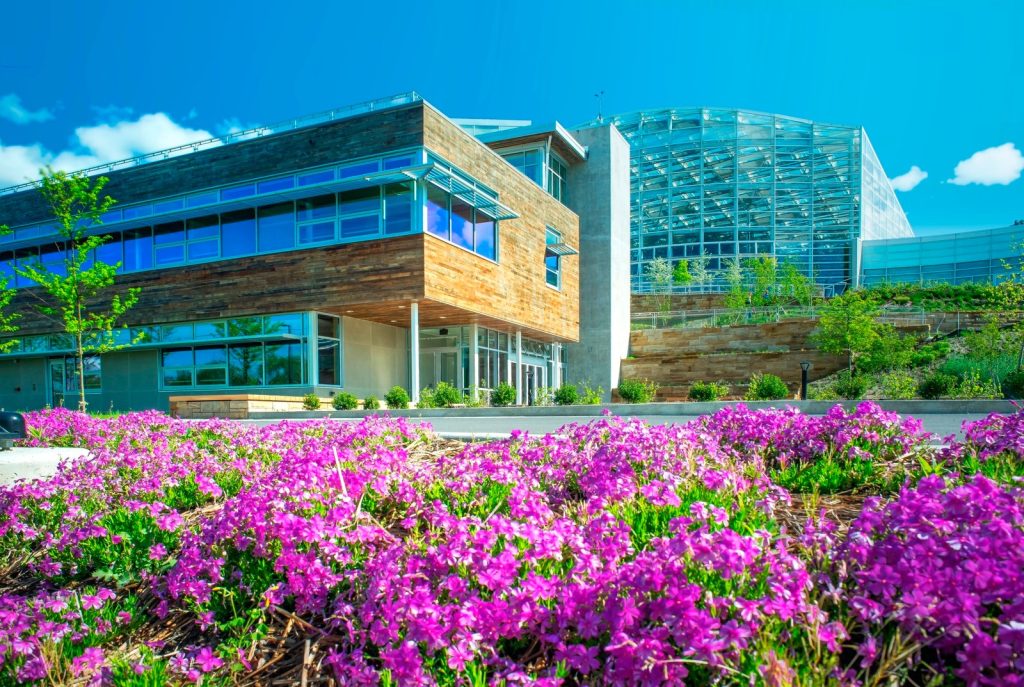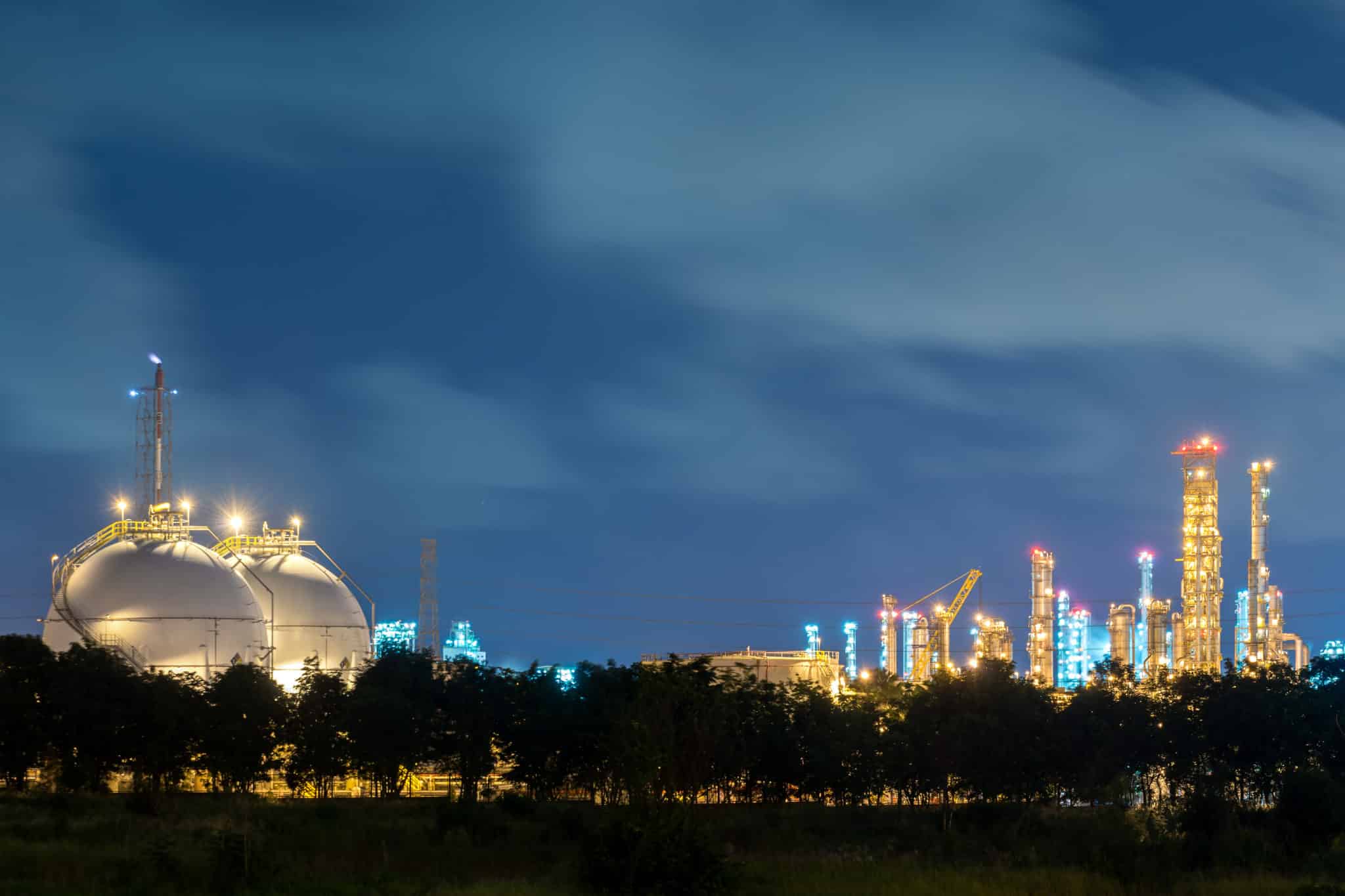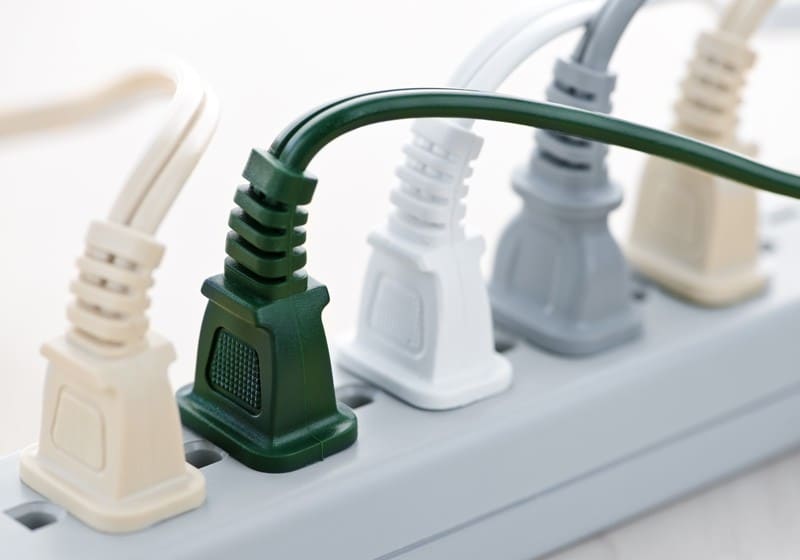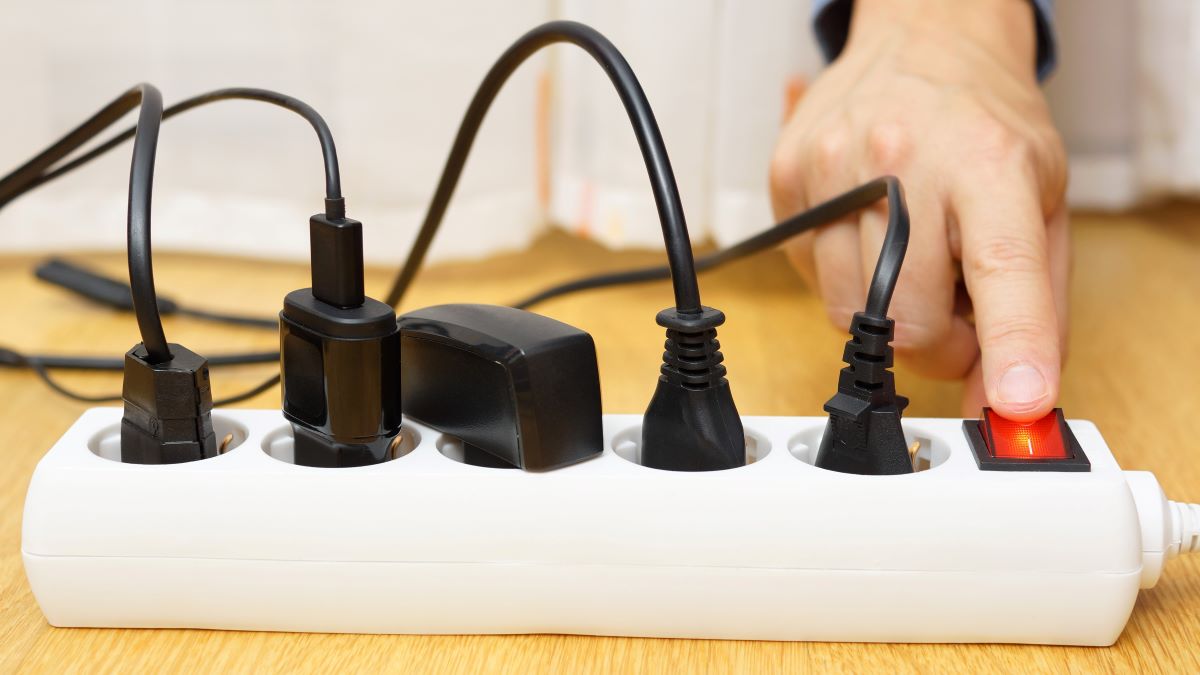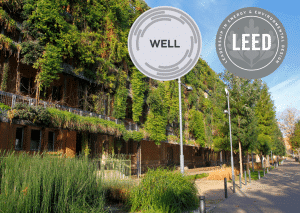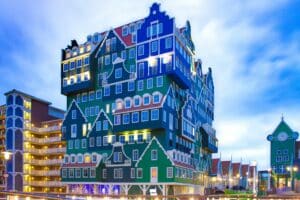Are you curious about the differences between process energy and non-process energy in green buildings? Do you want to know what falls under regulated versus non-regulated energy categories? If you’re involved in a LEED-certified project, or if you’re studying for LEED Green Associate, LEED AP BD+C, or LEED AP O+M exams, understanding the impact of process energy on sustainability goals is vital. This LEED byte blog dives into these critical questions, shedding light on the essential aspects of process energy in the context of sustainable building design and operation.
The purpose of our “LEED byte blog series” is to enlighten our readers about specific sustainability categories within the LEED rating system, elucidating their practical application in project settings and potential representation in LEED examinations, whether for Green Associate or AP credentials. We invite our readers to utilize the provided tags to delve into related topics and encourage a subscription to our page for regular updates and insights.
- What is Process Energy and How Does it Differ from Non-Process Energy?
Process energy in general is power resources consumed in support of a manufacturing, industrial, or commercial process. In the context of buildings and LEED in particular, it includes, but isn’t limited to, office equipment, computers, elevators, escalators, kitchen appliances, and certain specialty lighting. It’s distinct from non-process energy, which involves general lighting, HVAC, and water heating for domestic or space heating. Understanding this distinction is key in LEED contexts, as it impacts how energy consumption is measured and managed for sustainability.
- Regulated vs. Non-Regulated Energy: What’s the Difference?
Regulated energy refers to building functions “regulated” by standards such as ASHRAE 90.1, encompassing controlled services like HVAC (heating, cooling, fans, and pumps), service water heating, and general interior lighting.
In contrast, non-regulated energy involves systems not “regulated” by such standards, including IT equipment, lifts, escalators, and external lighting. For students studying for exams, remembering this distinction as “regulated by standards” vs. “not regulated by standards” can be a helpful mnemonic.
- What are Plug Loads?
Plug loads refer to the energy consumed by electronic devices and appliances that are plugged into electrical outlets. This includes a wide range of equipment such as computers, printers, coffee machines, refrigerators, desk lamps, and other personal or office devices. Plug loads can significantly impact a building’s total energy use, especially in commercial and office settings. Managing and reducing plug loads is a key aspect of improving energy efficiency in buildings.
Plug loads are a type of non-regulated or process energy and are often synonymous with terms such as “receptacle loads“, “miscellaneous loads“, “unregulated loads“, or “process energy/loads.
- What are phantom loads?
Phantom loads, also known as “vampire loads” or “standby power,” refer to the energy consumed by electronic devices and appliances when they are turned off but still plugged into an electrical outlet. This includes items like TVs, chargers, and computers that continue to draw power even when not in active use. Phantom loads can significantly contribute to a building’s overall energy consumption, and managing these loads is essential for improving energy efficiency, particularly in green building practices and sustainable living.
- How are Phantom loads related to plug loads?
Phantom loads are directly related to the concept of plug loads in green buildings. While plug loads encompass the energy used by devices when they are actively powered or in use, phantom loads are a subset that accounts for energy consumed when devices are off but still plugged in.
Knowing the nuances of process energy is vital for architects, engineers, and sustainability professionals. It enables informed decisions that enhance energy efficiency and contribute to a building’s overall sustainability profile.
Hope you found this blog useful. As an esteemed USGBC Education Provider, GBRI is dedicated to ensuring that our students not only face their LEED exams with confidence but also excel in them on their first attempt. We invite you to discover more about our comprehensive exam preparation resources and the scholarship opportunities we offer, designed to empower your journey towards becoming a LEED Green Associate or a LEED Accredited Professional with BD+C or O+M Specialty.
The purpose of our blog series is to enlighten our readers about specific sustainability categories within the LEED rating system, elucidating their practical application in project settings and potential representation in LEED examinations, whether for Green Associate or AP credentials. As integral components of GBRI’s LEED Lexicon Project, these blogs serve as a beacon of knowledge for those navigating the realms of sustainability and green building. We warmly invite our readers to utilize the provided tags to delve into related topics and encourage a subscription to our page for regular updates and insights.

